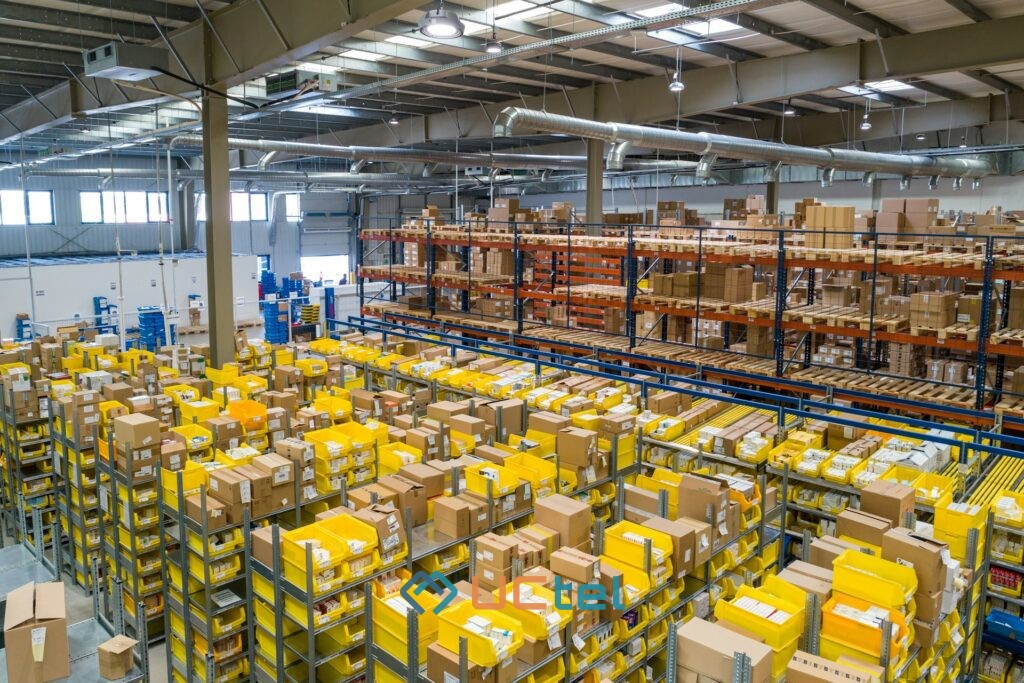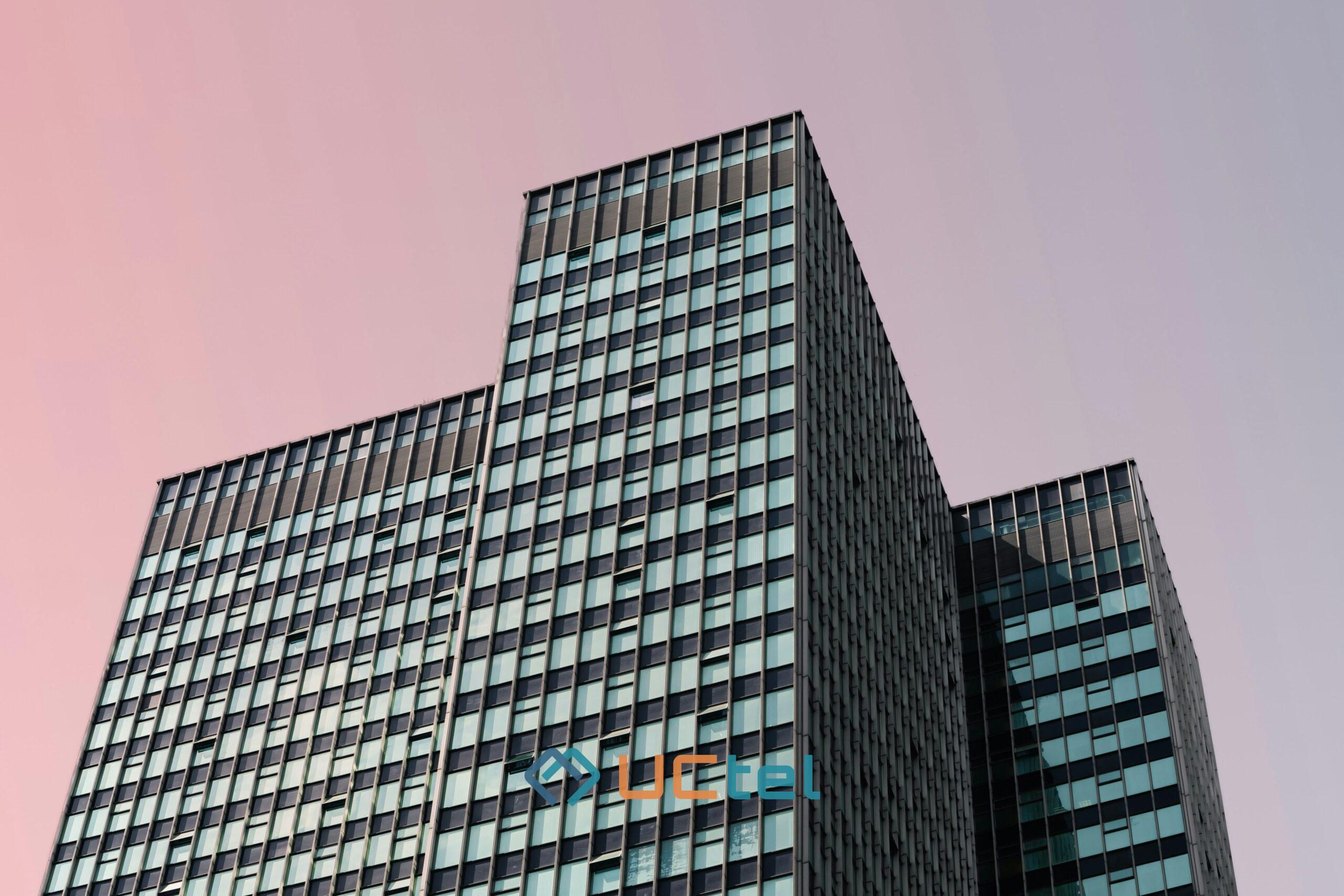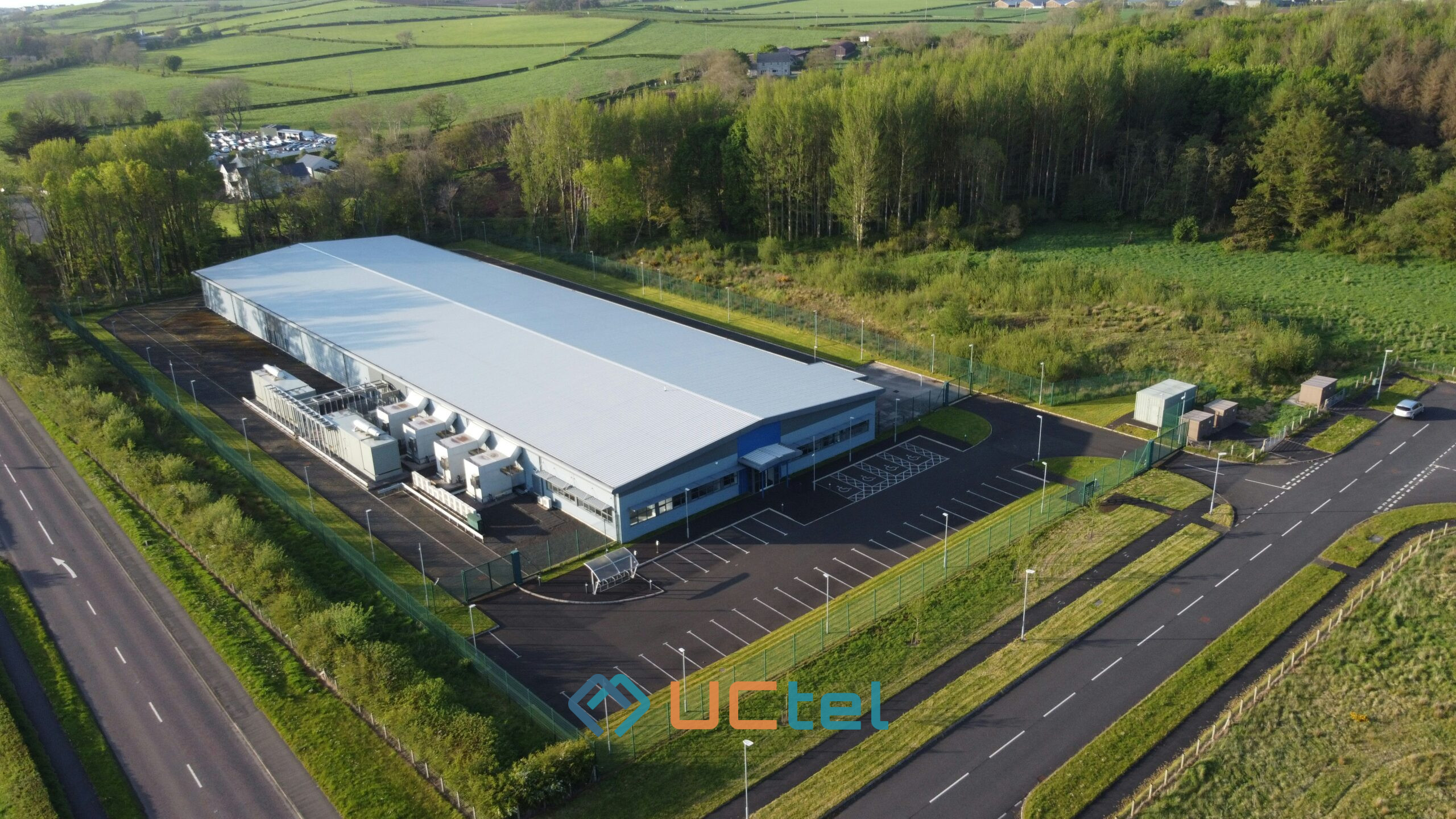Best Mobile Coverage Solutions for UK Logistics Hubs & Warehouses: The Ultimate Guide

Table of contents
- 1. Follow-Up Questions
- 2. Why Indoor Mobile Connectivity Is Critical in Warehousing
- 3. UK Regulations & Carrier Frameworks (Ofcom, Spectrum, Licensing)
- 4. Coverage Tech Options Explained
- 5. Hybrid Systems: Optimising for Zones, Use Case & Budget
- 6. Cost vs ROI: 5‑Year TCO Models & Benchmarking
- 7. Implementation Roadmap: From Site Survey to Deployment
- 8. UK Case Studies with KPIs
- 9. Future Trends: 5G, IoT, Autonomous Systems
- 10. Frequently Asked Questions
- 11. Conclusion / TL;DR
Updated July 2025
Indoor mobile connectivity is vital for UK logistics hubs and warehouses to maintain operational efficiency, safety, and productivity. This guide explains UK regulations, available technologies, hybrid deployment strategies, cost benchmarks, and real-world results to help organisations plan and implement compliant, high-performance solutions.
Follow-Up Questions
Why is reliable indoor mobile coverage essential in warehouses?
- Warehouses rely on mobile connectivity for barcode scanning, real-time inventory updates, safety alerts, and workforce communication. Poor coverage can lead to delays, errors, and safety risks.
What UK regulations must warehouse operators consider when improving mobile coverage?
- Operators must comply with Ofcom regulations governing radio equipment, spectrum licensing, and network access. Using Ofcom‑approved systems (e.g., Cel‑Fi boosters) ensures legal operation and multi‑operator support.
Which technologies are available to improve mobile signals inside large logistics facilities?
- Common options include:
- Wi‑Fi networks
- Distributed Antenna Systems (DAS)
- Licensed repeaters
- Private cellular networks
- Each has distinct advantages depending on scale, performance, and security requirements.
How can a hybrid approach balance coverage, performance, and budget?
- Hybrid systems combine:
- Wi‑Fi for data-heavy applications
- DAS or private cellular for voice, mobility, resilience
- Zoning strategies align technology to operational priorities and costs.
What are typical costs and ROI expectations for these systems?
- Use a 5-year TCO model to compare upfront investment with gains in uptime, productivity, and fewer disruptions. ROI is typically seen in 18–24 months.
What steps are involved in planning and deploying a coverage solution?
- Site surveys
- Compliance checks
- Design planning
- Pilot installations
- Validation
- Full rollout
- Experienced integrators help reduce risks and delays.
Are there examples of UK warehouses achieving measurable improvements?
- Yes. Case studies show:
- Signal gains up to +40 dBm
- 20–30% reductions in scanning errors
- Improved staff communication after compliant installations
What future trends should operators prepare for?
- 5G private networks,
- IoT integration for real-time asset tracking,
- Autonomous systems requiring low-latency connectivity.
Why Indoor Mobile Connectivity Is Critical in Warehousing
Logistics hubs and warehouses face unique connectivity challenges due to their size, construction materials (high ceilings, metal racking, energy-efficient cladding), which often block outdoor mobile signals and create dead zones.
Reliable mobile coverage underpins core workflows: barcode scanning, RFID tracking, real-time stock updates, forklift routing, and safety communications. In environments where every minute of downtime can disrupt supply chains, consistent connectivity is non-negotiable.
Customer expectations around same-day fulfilment and accurate tracking add further pressure. Enhanced indoor coverage also supports staff safety, enabling clear access to emergency services and real-time alerts.
UK Regulations & Carrier Frameworks (Ofcom, Spectrum, Licensing)
In the UK, mobile coverage solutions must comply with Ofcom regulations governing the use of repeaters and radio equipment. Only specific booster systems, such as Cel‑Fi Quatra, are approved for legal use.
Operators planning DAS or private cellular deployments must consider:
- Spectrum licensing
- Shared spectrum access
- Coordination with mobile operators
Engaging with Ofcom-compliant providers (e.g., UCTel) helps ensure installations meet legal requirements and avoid enforcement.
Coverage Tech Options Explained
Warehouse operators can choose from several technologies:
- Wi‑Fi: Cost-effective and suitable for data-heavy use, but limited for voice and mobility.
- DAS (Distributed Antenna Systems): Rebroadcast carrier signals throughout the building—ideal for multi-operator coverage.
- Licensed Repeaters: Ofcom-approved boosters (e.g., Cel‑Fi Quatra) amplify and distribute signals without operator consent.
- Private Cellular Networks: Dedicated 4G/5G infrastructure offering high security and predictable performance, vital for IoT and autonomous systems.
Each option has strengths and trade-offs; large facilities often use combined systems to serve different zones.
Hybrid Systems: Optimising for Zones, Use Case & Budget
A hybrid approach allows warehouses to:
- Use Wi‑Fi for throughput-heavy, stationary zones
- Deploy DAS or private cellular in high-mobility or voice-critical areas
This zoning strategy reduces costs while delivering targeted performance where it matters most.
Cost vs ROI: 5‑Year TCO Models & Benchmarking
Typical cost benchmarks per square foot installed:
- Wi‑Fi: £3–£7
- DAS: £7–£15
- Private Cellular: £10–£20 (incl. spectrum)
Facilities typically see ROI within 18–24 months thanks to improved productivity, reduced downtime, and fewer errors.
Implementation Roadmap: From Site Survey to Deployment
A typical phased rollout includes:
- Site Survey – Signal mapping and infrastructure assessment
- Design & Compliance – System design, licensing, Ofcom approvals
- Pilot Deployment – Test coverage in select areas
- Rollout – Full zoned installation
- Testing & Handover – Performance validation and staff training
UCTel supports all stages, coordinating with IT and facilities teams to minimise disruption.
UK Case Studies with KPIs
- 250,000 sq ft hub (Manchester): +35 dBm signal improvement, 25% fewer scanning errors post-DAS
- London distribution centre: Hybrid Wi‑Fi + private LTE, 30% downtime reduction, improved communications
- Midlands facility: Cel‑Fi Quatra boosters provided 95% 4G coverage
These examples show the tangible impact of well-planned, compliant systems.
Future Trends: 5G, IoT, Autonomous Systems
Looking ahead:
- Private 5G networks for ultra-reliable, low-latency coverage
- IoT devices for asset tracking & predictive maintenance
- Autonomous mobile robots (AMRs) requiring seamless connectivity
Designing systems with future scalability ensures competitiveness.
If you're planning to upgrade mobile coverage in your logistics hub or warehouse, start with a professional site survey.
UCTel provides Ofcom-compliant, scalable systems tailored to your operations—boosting reliability, safety, and long-term performance.
Frequently Asked Questions
Why is indoor mobile connectivity so important for warehouses and logistics hubs?
- Supports barcode scanning, inventory updates, worker communication, and safety alerts—poor coverage impacts productivity and compliance.
What UK regulations must be considered?
- Ofcom governs repeaters, DAS, and private cellular equipment. Only approved devices and licensed spectrum are legal. Building and safety regulations also apply.
What technologies are available?
- Wi‑Fi
- Distributed Antenna Systems (DAS)
- Ofcom‑approved repeaters (e.g., Cel‑Fi Quatra)
- Private cellular networks (4G/5G)
- Hybrid deployments often combine multiple options.
How does a hybrid system optimise coverage and budget?
- By allocating Wi‑Fi to data-heavy, low-mobility zones and DAS/private cellular to areas needing voice, mobility, or IoT support—balancing cost and performance.
Typical costs and ROI?
- Wi‑Fi: £3–£7 per sq ft
- DAS: £7–£15 per sq ft
- Private Cellular: £10–£20 per sq ft ROI is typically realised within 18–24 months.
What is the implementation process?
- Includes:
- Survey
- Design & compliance
- Pilot
- Rollout
- Testing & training Experienced integrators ensure smooth execution.
Conclusion / TL;DR
- Reliable mobile connectivity is essential for warehouse efficiency and safety
- Ofcom compliance and proper licensing are mandatory
- Hybrid solutions (Wi‑Fi, DAS, private cellular) maximise coverage and ROI
- A phased roadmap minimises disruption and ensures compliance
- Real-world case studies show measurable gains in signal strength, uptime, and productivity





